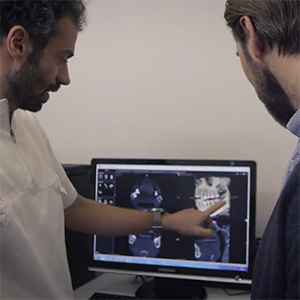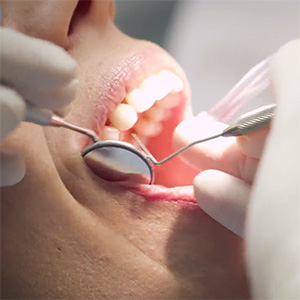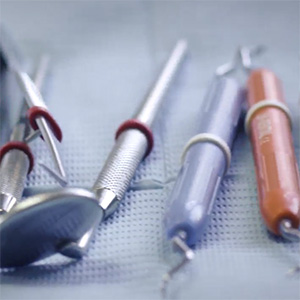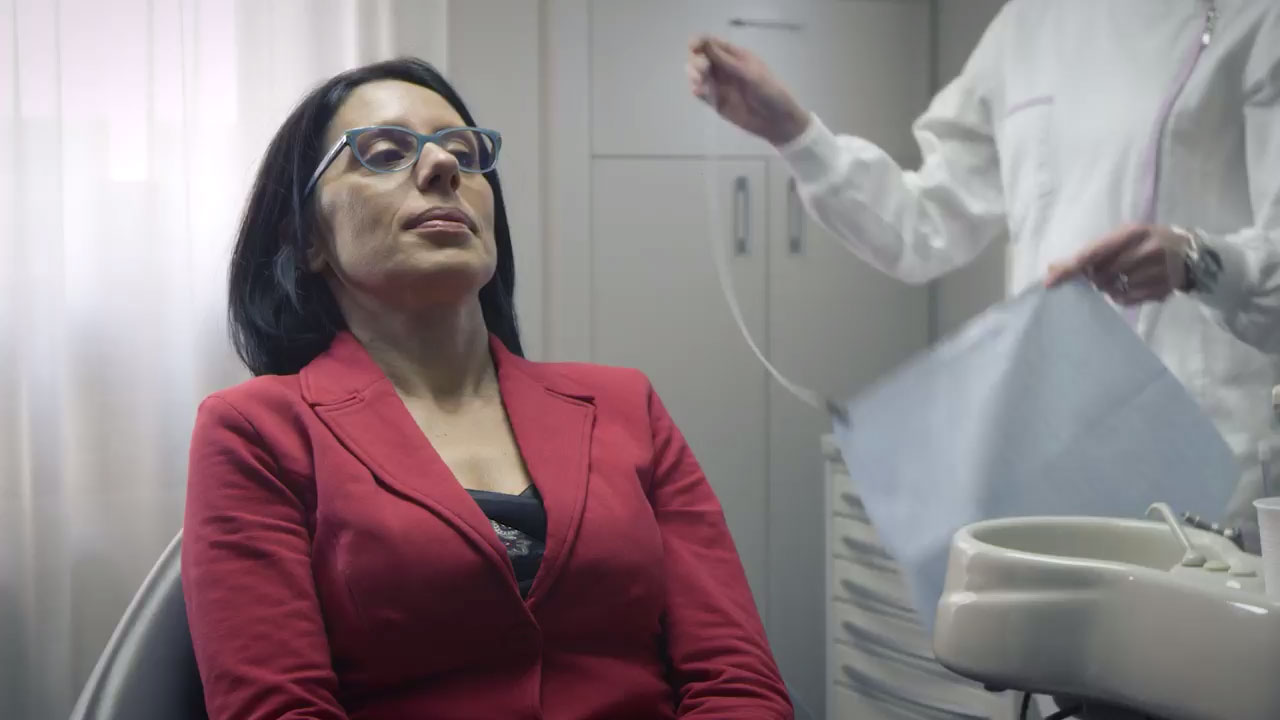
Prevention
Prevention is a fundamental part of dentistry. Prevention means implementing all procedures that can prevent the onset of a disease or the evolution and worsening of an existing disease by reducing all the possible risks. In dentistry prevention is made in pediatric and adulthood through information and motivation of the patient. We can implement manoeuvres and therapies that can significantly reduce the onset of the most widespread dental diseases such as caries and periodontal disease.
Oral pathology
Pathology and oral medicine deal with all pathological manifestations in the oral cavity. Contrary to popular belief, the dentist must take care of the whole mouth and not just the teeth, including cheeks, tongue, lips and bones of the jaws. Oral diseases of the oral cavity may have an infectious or non-infectious origin and may arise in both pediatric and adulthood.

Infections of bacterial or viral origin such as the hand, foot and mouth disease, herpes (primary infection) and oral manifestations of exanthematic diseases such as rubella and scarlet fever are not infrequent in children.
Many oral manifestations are absolutely non-pathological, such as the benign benign glossitis, the fissured tongue or mouth ulcers (only in some cases they are oral manifestations of more serious pathologies).
In adulthood periodic oral checkups are very important to prevent or control purely dental diseases such as periodontitis but also, as a preventive measure, for a careful screening of infectious and non-infectious manifestations. Some oral lesions may be considered precancerous (oral cancer is one of the most common but less known cancers) such as Lichen Planus Orale and leukoplakias (white spots). Today the papillomas of the oral cavity (of infectious origin, viral) have also been associated with a greater risk of the onset of squamous cell carcinoma of the oral cavity (as well as of the tumor of the uterine cervix).

Patients who, for different reasons, take or have to start taking drugs of the bisphosphonate class are also of dental interest. These drugs lead to an increased risk of lesions (including spontaneous) known as Biphosphonate Maxillary Osteonecrosis. Associated bone lesions can be caused by dental extractions or can be spontaneous associated with dental or implant infections. Unfortunately, the management of these lesions is extremely difficult and often leads to large surgical resections with a worsening of the patient's quality of life.
In our study, we regularly carry out a complete inspection of all the mucous membranes and tissues of the oral cavity. Specialized visits are also performed for lesions and disorders of teeth, mucous membranes and gums. Incisional and excisional biopsies are also performed to carry out a pathological analysis of lesions cells and screening of precancerous lesions. Thanks to the collaboration with leading centers in Milan and Trieste, our office is always able to handle any case of oral injuries from simple to more complex.
Periodontology
Periodontology is the branch of dentistry that deals with diseases that affect the periodontium (the support structures of the tooth). We distinguish gingivitis and periodontitis that differ because the latter cause a loss of the tooth's bone support. This disease is the leading cause of tooth loss for adults over the age of fifty.

Periodontitis (or pyorrhea) is in its most common forms a disease caused by a bacterial infection in which there is a unbalance between the flora (the formation of aggregates or plaque) and the host. Our body responds to infection with its own immune defenses which, as a consequence, cause swelling and bleeding and eventually also bone resorption.
Among the factors that most affect the risk of this disease we can include the poor oral hygiene, smoking and genetic factors. Only in very rare cases we find periodontal damage with good oral hygiene, and that is why periodic monitoring and home hygiene are important for periodontal control and health.
Patients with active disease are checked four times a year and surgical interventions may be necessary to improve bone and gingival anatomy and to eliminate defects created by the disease.
